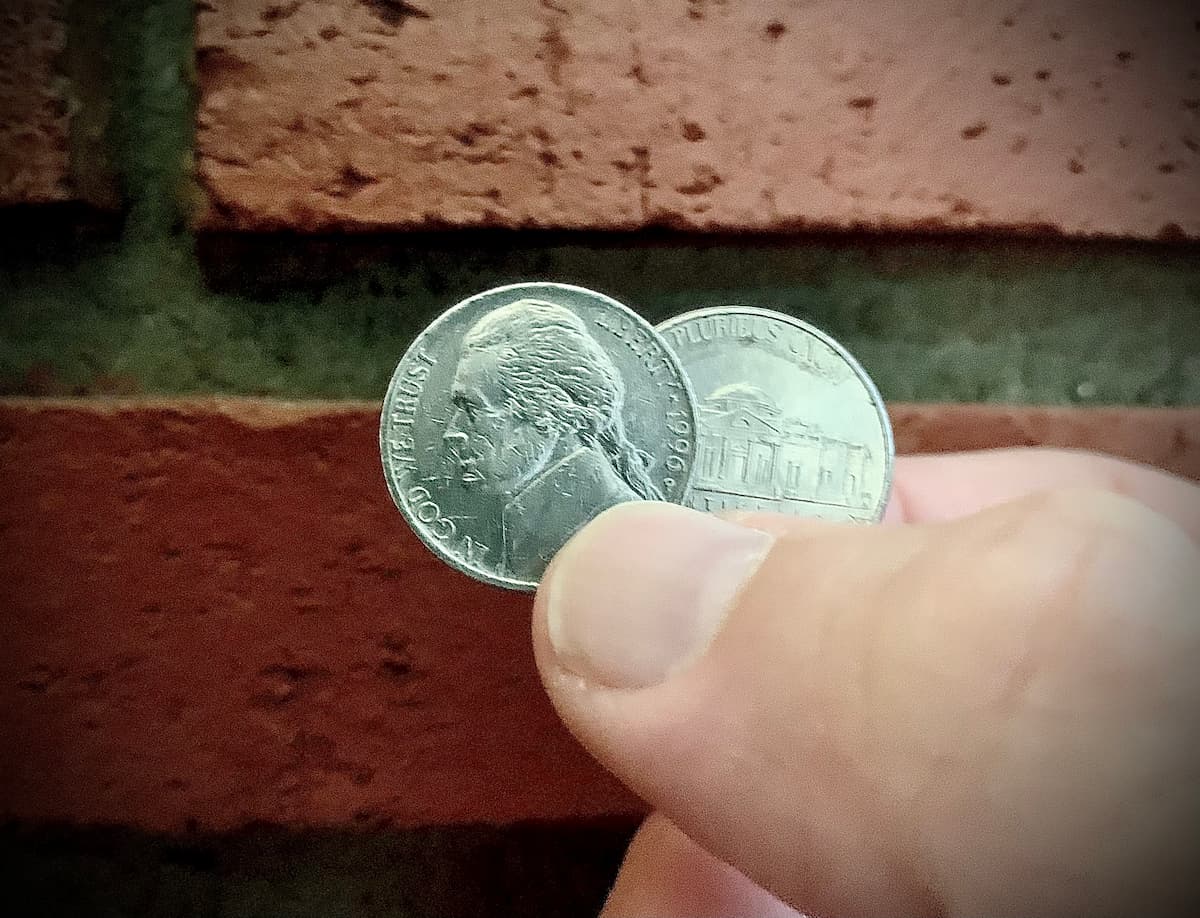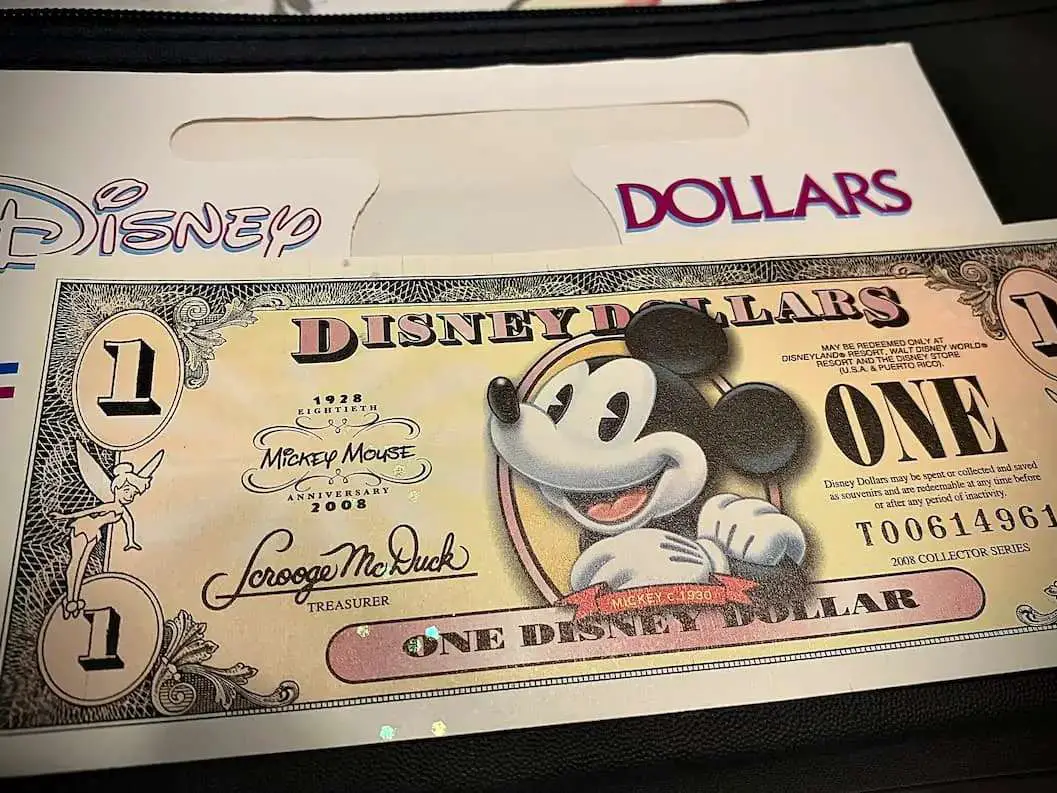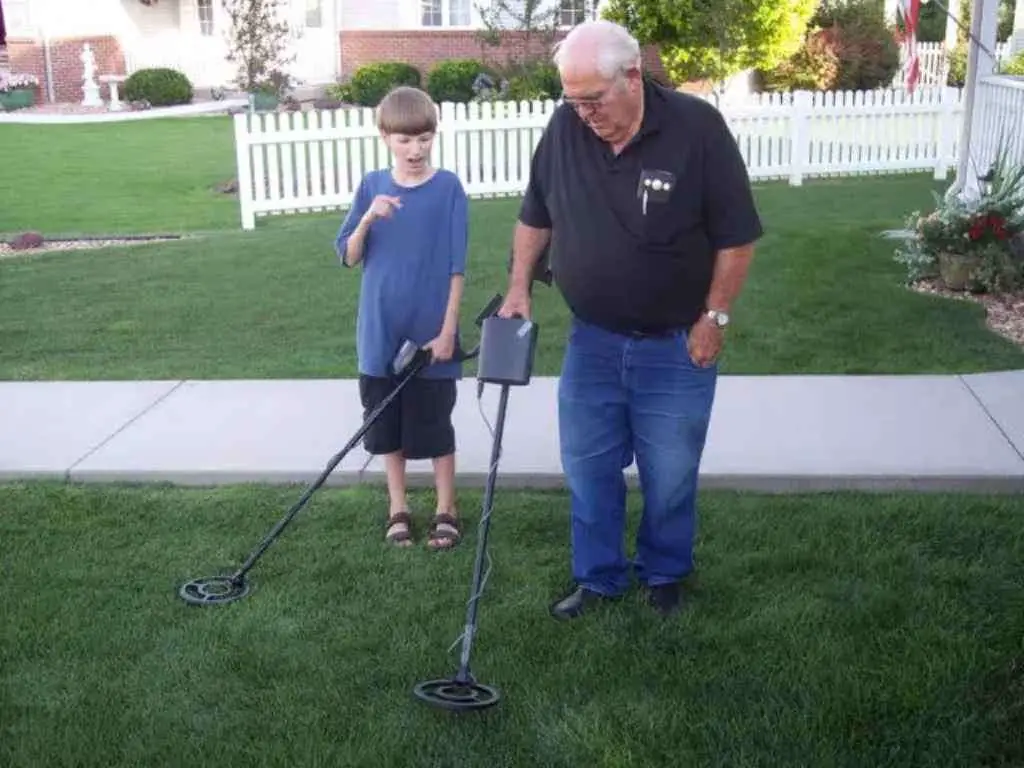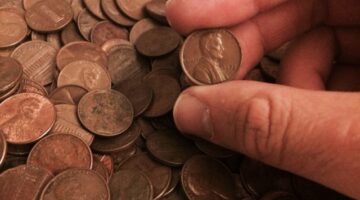
Wondering which pennies are worth more than face value? And which pennies you should be holding onto, rather than spending?
Well here you go — a list of the most valuable pennies, each worth more than $1 apiece!
Use this cheat sheet to see which pennies are worth saving and which ones are worth spending…
Which Lincoln Pennies To Keep
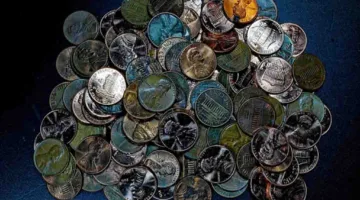
Of all the coins ever made by the United States Mint since 1793, arguably the most popular and widely collected among them are Lincoln pennies.
The Lincoln cent (technically, only Great Britain officially has a denomination called the “penny”) is a favorite among collectors young and old, rich and poor.
It’s also one of my favorite coins!
Lincoln pennies are the first coins I ever collected when I initially charted my path in the hobby back in 1992, and it’s by far the coin series I’m most often asked about from readers here at The Fun Times Guide.
If you want to know what your U.S. penny is worth, then read on.
These are the most important types of Lincoln pennies you should be keeping:
- ALL Lincoln wheat pennies made from 1909-1958
- ALL Lincoln Memorial pennies made from 1959-1981
- Copper Lincoln Memorial pennies made in 1982 (These weigh 3.11 grams, compared to 2.5 grams for the pennies made of copper-plated zinc.)
43 Most Valuable Pennies — By Date
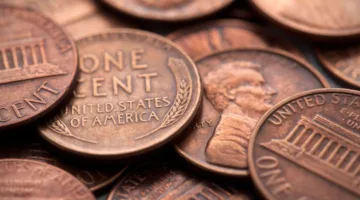
So now that you have a good idea of which types of pennies to keep, you’re probably wondering about specific dates.
Well, here’s a cheat sheet of the most valuable pennies to keep. Get ready… it’s a long list!
The penny dates listed below are worth more than just a few cents (unlike most of the ones referenced above).
Here is the ultimate rare pennies list that you will probably find yourself referencing quite often…
The Rarest And Most Valuable Pennies (Worth More Than $1 Apiece)
| 1909 penny (no mintmark) – $3 and up | 1923-S penny – $2 |
| 1909 VDB penny – $10 and up | 1924-D penny – $30 |
| 1909-S penny – $80 and up | 1924-S penny – $1 |
| 1909-S VDB penny – $700 and up | 1926-S penny – $5 |
| 1910-S penny – $15 | 1931-D penny – $4 |
| 1911-D penny – $5 | 1931-S penny – $100 |
| 1911-S penny – $40 | 1932 penny (no mintmark) – $1.50 |
| 1912 penny (no mintmark) – $1 | 1932-D penny – $1 |
| 1912-D penny – $6 | 1933 penny (no mintmark) – $1 |
| 1912-S penny – $20 | 1933-D penny – $2 |
| 1913-D penny – $3 | 1943-D boldly doubled mintmark penny – $10 |
| 1913-S penny – $12 | 1944 D/S penny – $125 |
| 1914-D penny – $175 | 1946-S/D penny – $35 |
| 1914-S penny – $20 | 1955 doubled die, obverse penny – $1,100 |
| 1915 penny (no mintmark) – $1.50 | 1970-S small date penny – $30 |
| 1915-D penny – $2 | 1972 doubled die penny – $250 |
| 1915-S penny – $20 | 1983 doubled die penny – $200 |
| 1916-D penny – $1 | 1984 doubled die penny – $150 |
| 1916-S penny – $1.50 | 1992-D close AM penny – $2,000 |
| 1921-S penny – $1 | 1995 doubled die penny – $25 |
| 1922-D penny – $15 | 1999 wide AM penny – $500 |
| 1922 plain penny – $500 |
As you’ll notice, there are several dates missing in the list above.
The pennies that aren’t on that list are worth only a nominal amount — usually between 3 cents and $1.
Also, the list above doesn’t include proof Lincoln cents — which you wouldn’t ordinarily find in circulation.
Other Valuable Pennies Worth Money
In addition to the specific pennies mentioned above, here are some other types of pennies worth money:
- 1943 Lincoln Cents
- Silver Pennies NOT From 1943
- 1944 Steel Pennies
- Wheat Pennies
- Indian Head Pennies
Here’s my video explaining how to tell if you’ve got a valuable penny or not:
4 Places To Find Rare & Valuable Pennies
Do you know where to look for the most valuable pennies?
Using the rare pennies list above as your guide, it’s time to start searching.
Here are 4 of the best places to find rare pennies:
- In rolls of coins – Coin roll hunting is one of the best ways to find old coins, and sometimes the pieces you’ll find are quite valuable! I’ve found many old and obsolete coins by searching for them in rolls of coins.
- At yard sales and flea markets – Many people have no idea which coins are rare and they often end up selling them unwittingly in a rummage sale, garage sale, or flea market. You’ll be surprised how many bargains will be found through personal sales like these. Just be sure what you’re buying is authentic!
- In a family heirloom chest – Sometimes rare coins are already in the family, and may be tucked away in an old chest or another safe location. Attics and basements hold troves of valuable estate coins, often unbeknownst to the current occupants of the home.
- In your pocket change – Rare pennies do still turn up in circulation, though you’ll need a keen eye and a good deal of patience to find them this way. Good luck!
I’m the Coin Editor here at TheFunTimesGuide. My love for coins began when I was 11 years old. I primarily collect and study U.S. coins produced during the 20th century.
I’m a member of the American Numismatic Association (ANA) and the Numismatic Literary Guild (NLG) and have won multiple awards from the NLG for my work as a coin journalist. I’m also the editor at the Florida United Numismatists Club (FUN Topics magazine), and author of Images of America: The United States Mint in Philadelphia (a book that explores the colorful history of the Philadelphia Mint). I’ve contributed hundreds of articles for various coin publications including COINage, The Numismatist, Numismatic News, Coin Dealer Newsletter, Coin Values, and CoinWeek.
I’ve authored nearly 1,000 articles here at The Fun Times Guide to Coins (many of them with over 50K shares), and I welcome your coin questions in the comments below!


